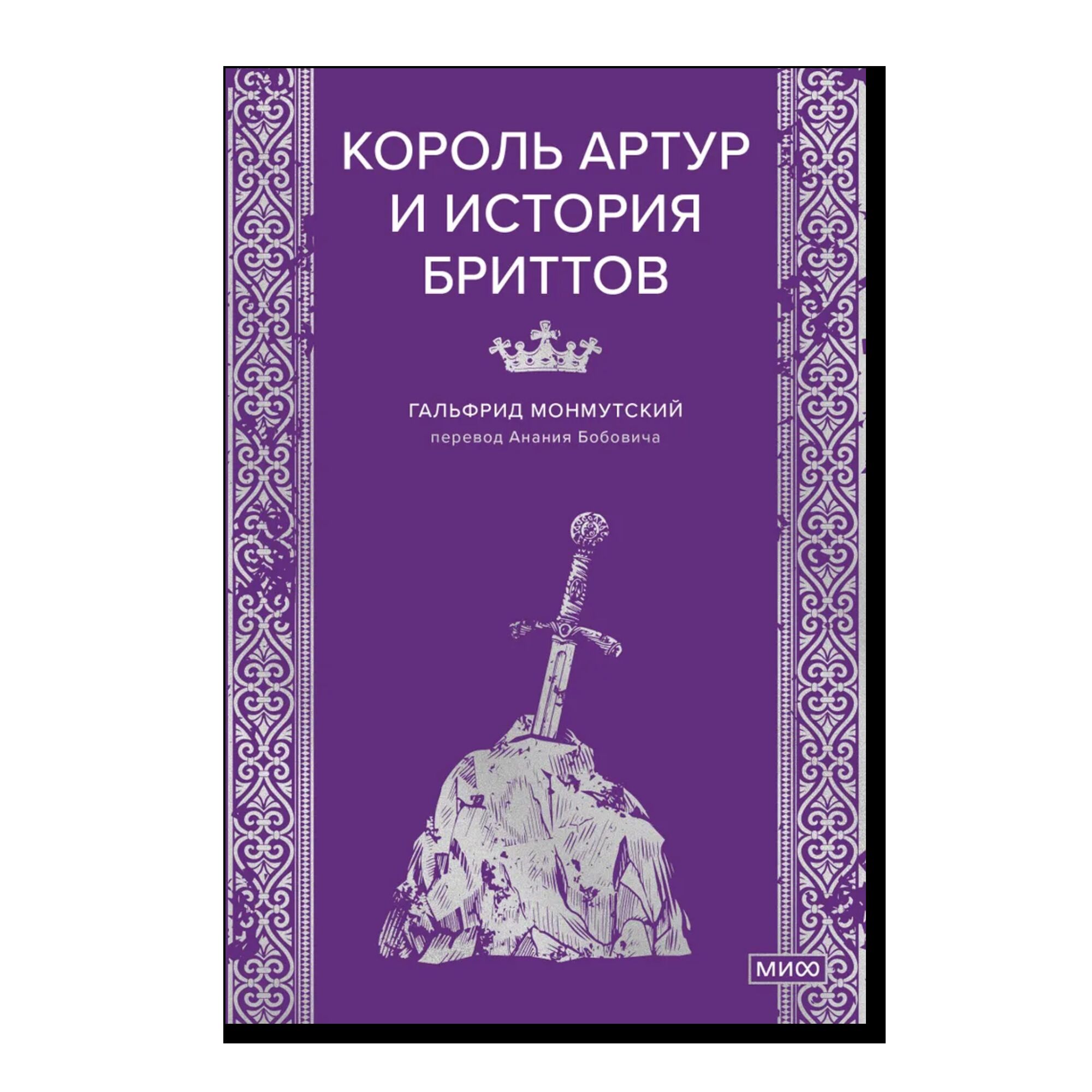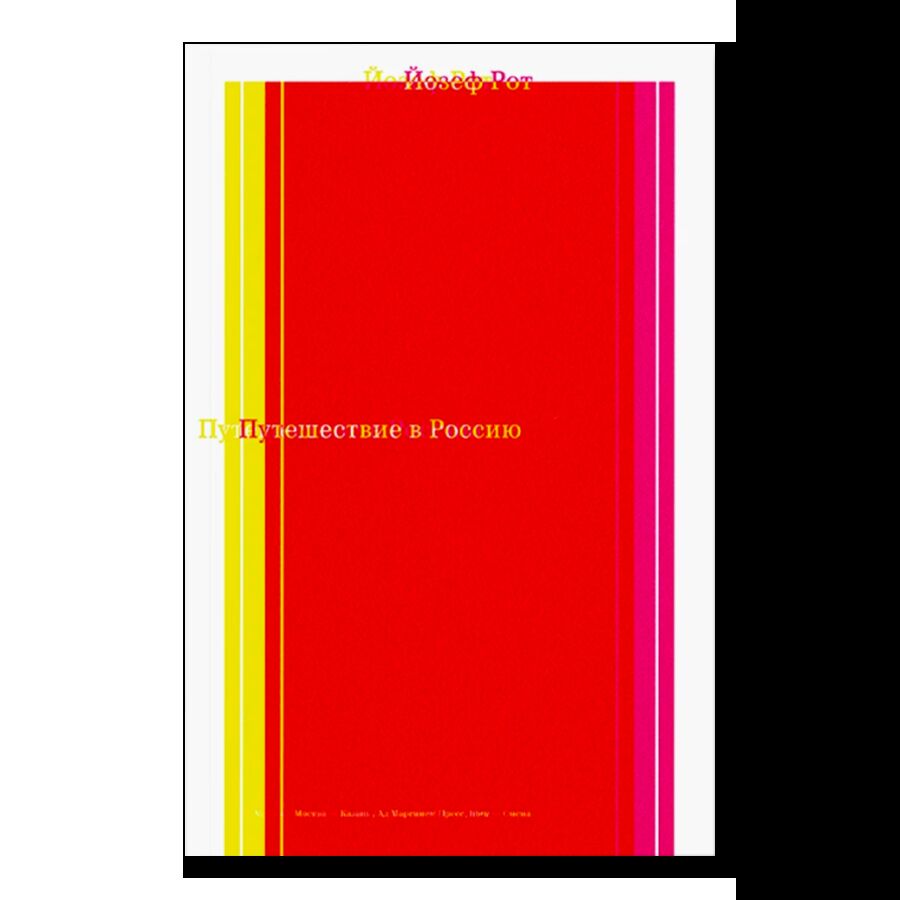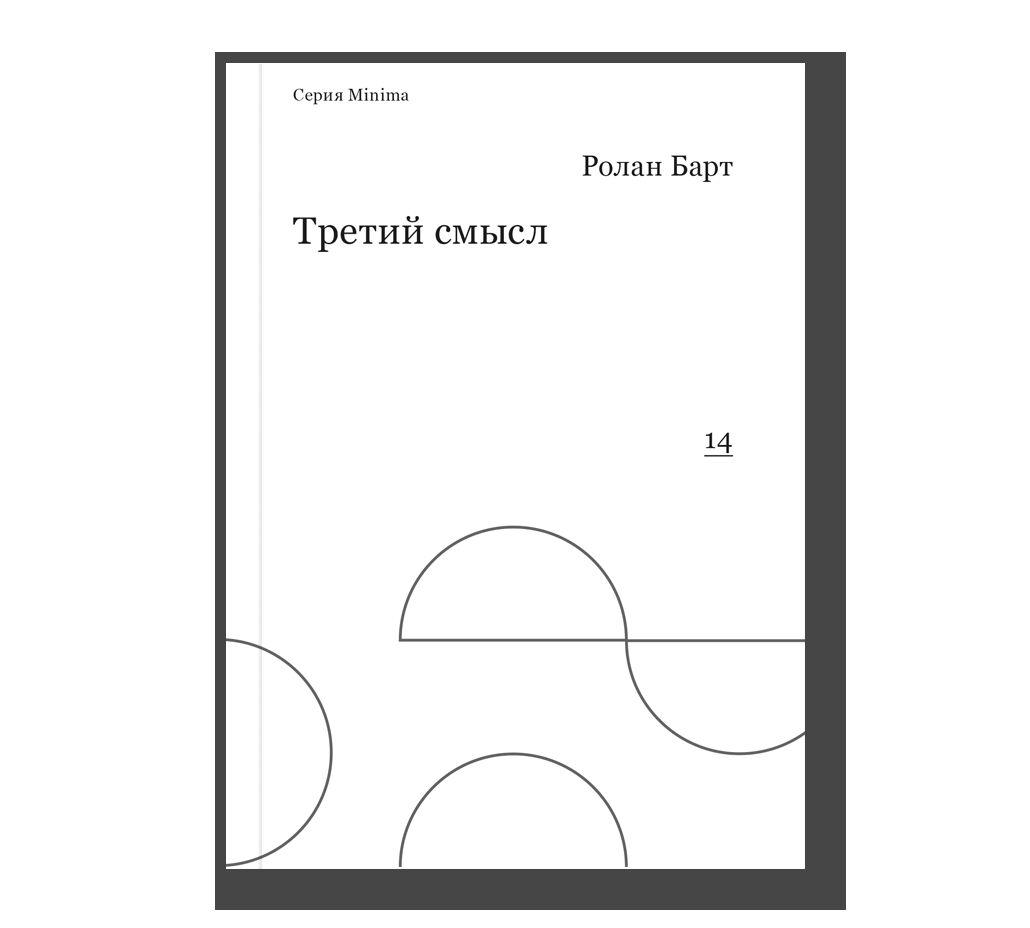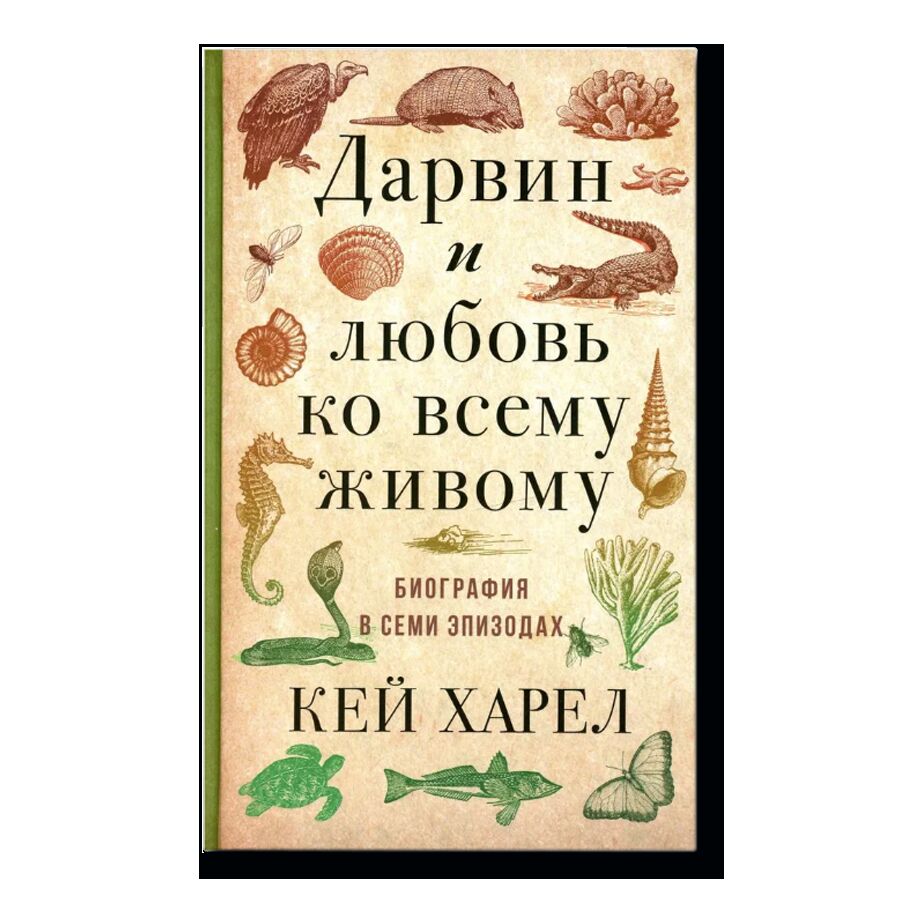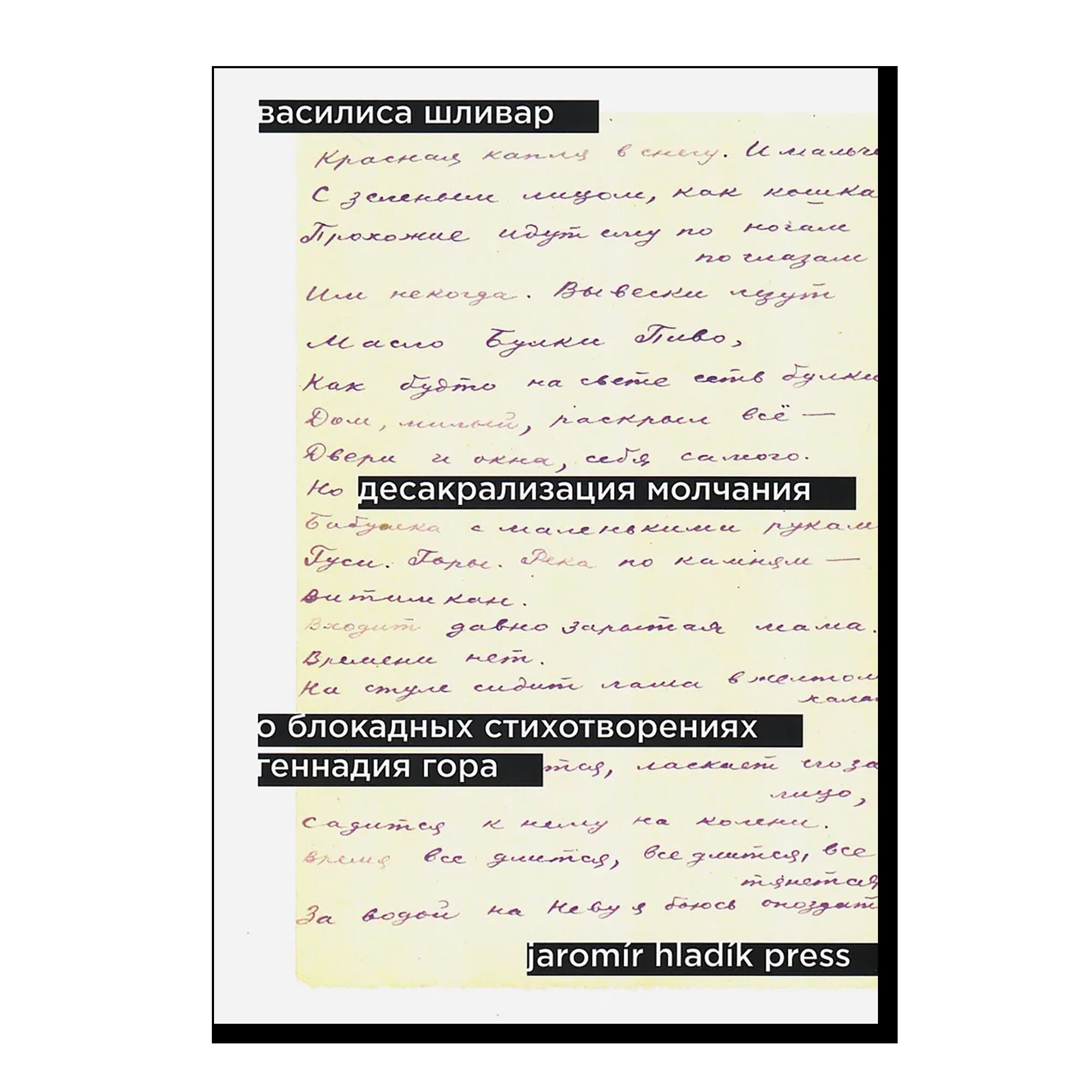The Third Meaning
- Year: 2015
- Language: Russian
- Publisher: Ad Marginem
- ISBN: 9785911032531
- Page: 104
- Cover: paperback
- About the Book
The book comprises three of Barthes’s essays: “The Photographic Message,” “Rhetoric of the Image,” and “The Third Meaning.”
In “Photographic Message,” Barthes looks at how culture and ideas are encoded in photographs. “The photographic paradox can be seen as the co-existence of two messages,” he points out, “the one without a code (the photographic analogue), the other with a code (the rhetoric of the photograph).” This leads to an ethical paradox: while the photographic image pretends to be objective and neutral, it always has certain cultural connotations and ideas encoded within it. Ideas and values inherent in a photograph are determined by the culture in which the photograph was produced, and therefore, always historical. That is why photographs are also a source of information on culture and the society.
Barthes looks at various procedures that allow the photographer to convey ideas about reality, either through the modification of reality itself (montage effects, poses, objects) or through codes applied to the image (photogenia, aestheticism, syntax).
In “Rhetoric of the Image,” Barthes examines a magazine ad for pasta sauce. As in the previous essay, he focuses on relations between the image and the content. According to Barthes, any advert contains three types of message: a linguistic message, and two messages encoded in the image – the denoted one (the object) and the connoted, symbolic one. Any image has these multiple meanings, and so culture is looking for ways to fix a certain meaning to a certain photograph, for example, with the help of text, in order to establish some kind of ideological control over it.
In “The Third Meaning. Research Notes on Some Eisenstein Stills,” Barthes analyses three orders of meaning in a film shot: the informational, the symbolic, and the signified: emotion-value. It is at this third level of meaning, says Barthes, that the filmic emerges – the content of film that cannot be described verbally.
